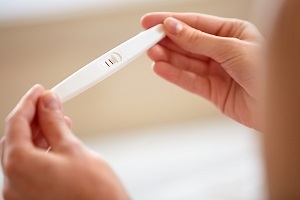Tartu scientists have discovered how to improve the quality of assisted reproduction treatments. The results of the study, which appeared in the journal Human Reproduction, promise to optimize the procedures. Doctors will be able to use them in precision medicine to take account of the variables in the menstrual cycle of female patients. The personalized approach will be of help especially for the many couples who have tried without success with in vitro fertilization.
In 2017, over 2800 IVF procedures were performed in Estonia. Only 15% of these were successful, leading to the birth of 430 children in total. Why do the numbers remain so low? There may be problems along all stages of treatment, but the most critical moment is the implantation of the embryo. Transferring the embryo at the wrong time, when the conditions are not optimal, decrees the failure of the whole procedure.
In natural conception, the embryo can be formed at an unfavorable time and implanted when the endometrium is ready. It is one of the reasons why it is sometimes possible to get pregnant during bleeding. In vitro fertilization, on the other hand, it is necessary to identify the best day to transfer the embryo. Only in this way is it possible to increase the probability of success of the procedure. Doctors have devised several methods to measure endometrial receptivity as accurately as possible.
The study in question starts from a well-known fact: the internal lining of the uterus is made up of different types of cells. Previous studies had never considered the effect of the proportion between these cell types. In this case, however, the researchers looked for the link between this data and the profiles of the endometrial genetic expression. This allowed them to make genetic analysis more precise, improving tests based on gene expression in endometrial cells.
Source: etag.ee



